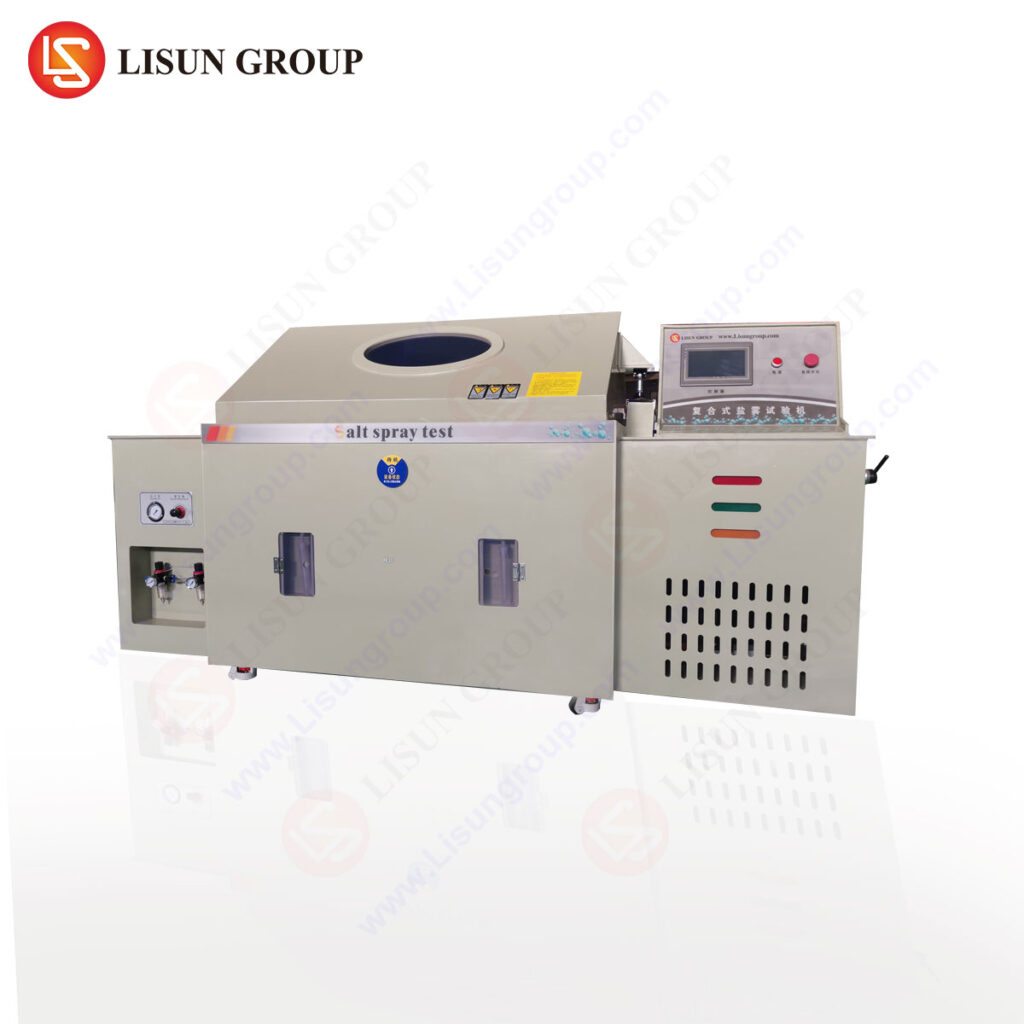Ensuring LED Quality with salt spray test chamber
Introduction
What is a salt spray test chamber?
A salt spray test chamber is a laboratory device used to test the corrosion resistance of materials. It is used to simulate the effects of salt water exposure on materials, such as LED drivers, mobile phones, and automotive electronics. The chamber is filled with a salt solution and the material is exposed to the solution for a specified period of time. The results of the test can be used to determine the corrosion resistance of the material and its suitability for use in a particular environment.
Why is a Salt Spray Test Chamber Used to Test LED Drivers, Mobile Phones, and Automotive Electronics?
salt spray test chambers are used to test LED drivers, mobile phones, and automotive electronics because these materials are often exposed to harsh environmental conditions. Salt water can corrode and damage these materials, so it is important to test them for corrosion resistance before they are used in a product. The salt spray test chamber simulates the effects of salt water exposure and can help manufacturers determine if their products are suitable for use in a particular environment.
How Does a salt spray Test Chamber Work?
A salt spray test chamber works by exposing the material to a salt solution for a specified period of time. The salt solution is typically a mixture of sodium chloride and water. The material is placed in the chamber and the salt solution is sprayed onto the material. The material is then monitored for signs of corrosion or damage. The results of the test can be used to determine the corrosion resistance of the material and its suitability for use in a particular environment.
What Are the Benefits of Using a Salt Spray Test Chamber?
Using a salt spray test chamber has several benefits. It can help manufacturers determine the corrosion resistance of their products and ensure that they are suitable for use in a particular environment. It can also help manufacturers identify potential problems with their products before they are released to the market. Finally, it can help manufacturers save time and money by identifying potential problems early on in the design process.
FAQs
What is a Salt Spray Test Chamber?
A salt spray test chamber is a laboratory device used to test the corrosion resistance of materials. It is used to simulate the effects of salt water exposure on materials, such as LED drivers, mobile phones, and automotive electronics.
Why is a Salt Spray Test Chamber Used to Test LED Drivers, Mobile Phones, and Automotive Electronics?
salt spray test chambers are used to test LED drivers, mobile phones, and automotive electronics because these materials are often exposed to harsh environmental conditions. Salt water can corrode and damage these materials, so it is important to test them for corrosion resistance before they are used in a product.
How Does a Salt Spray Test Chamber Work?
A salt spray test chamber works by exposing the material to a salt solution for a specified period of time. The salt solution is typically a mixture of sodium chloride and water. The material is placed in the chamber and the salt solution is sprayed onto the material. The material is then monitored for signs of corrosion or damage.
What Are the Benefits of Using a Salt Spray Test Chamber?
Using a salt spray test chamber has several benefits. It can help manufacturers determine the corrosion resistance of their products and ensure that they are suitable for use in a particular environment. It can also help manufacturers identify potential problems with their products before they are released to the market. Finally, it can help manufacturers save time and money by identifying potential problems early on in the design process.
Conclusion
Conclusion
Salt spray test chambers are an important tool for testing LED drivers, mobile phones, and automotive electronics for corrosion resistance. They can help manufacturers determine the corrosion resistance of their products and ensure that they are suitable for use in a particular environment. They can also help manufacturers identify potential problems with their products before they are released to the market. Finally, they can help manufacturers save time and money by identifying potential problems early on in the design process.







